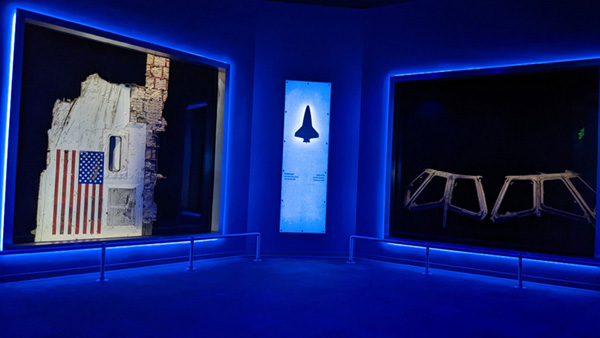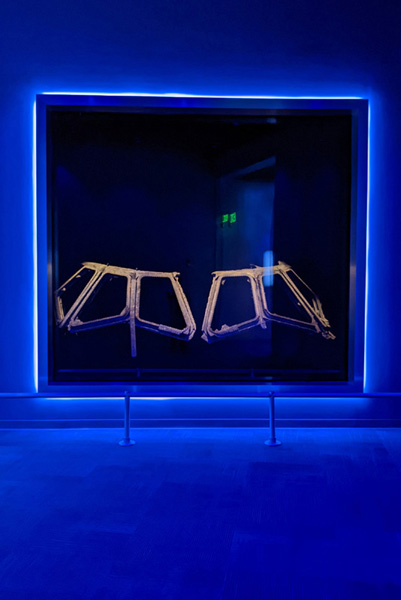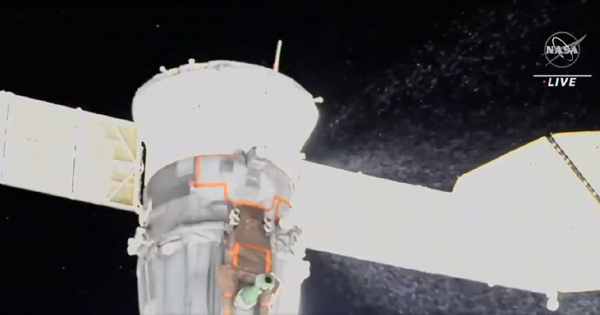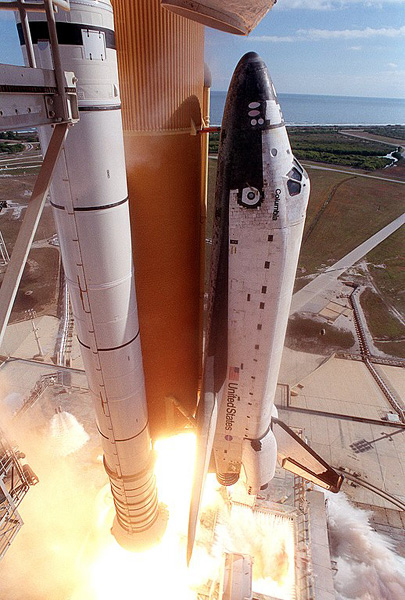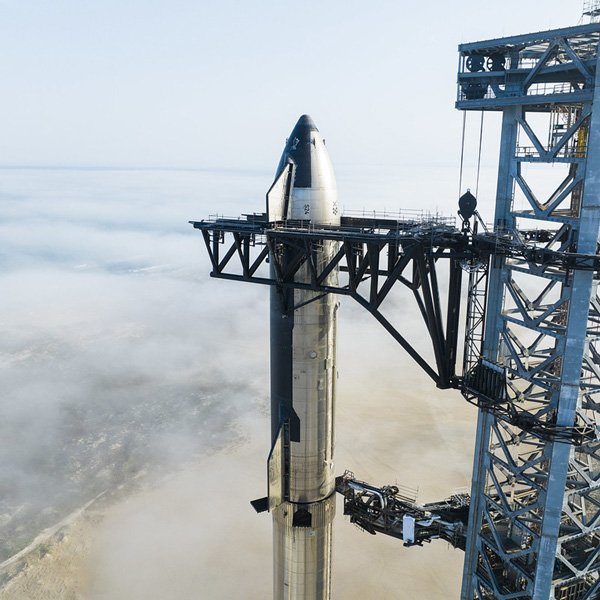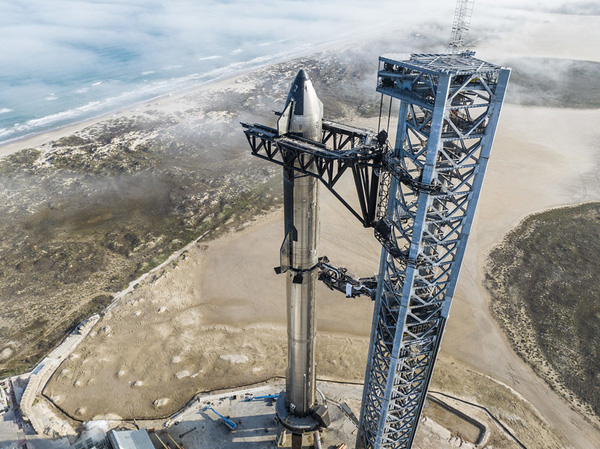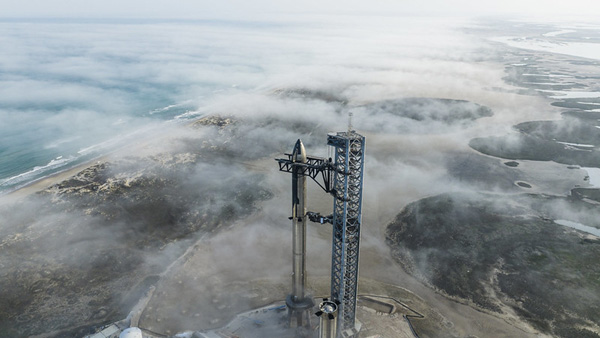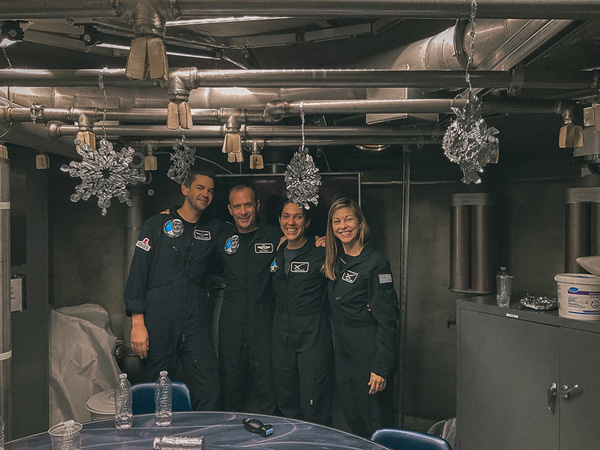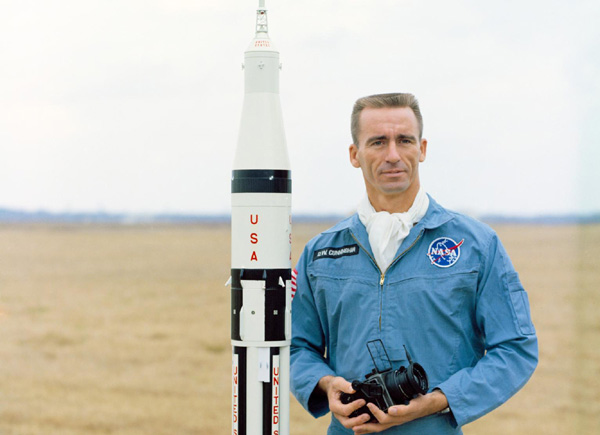
NASA / Joel Kowsky
VP Awards Former NASA Astronauts Congressional Space Medal of Honor (Press Release)
On behalf of President Joe Biden, Vice President Kamala Harris awarded former NASA astronauts Douglas Hurley and Robert Behnken the Congressional Space Medal of Honor Tuesday for their bravery in NASA’s SpaceX Demonstration Mission-2 (Demo-2) to the International Space Station in 2020. Hurley and Behnken are the first recipients of the honor since 2006 and accepted the awards during a televised event in Washington.
“Bob and Doug, together, have written the first page of a new chapter in the history of American spaceflight,” said Harris, who chairs the National Space Council. “Bob and Doug represent the best of our nation – there’s no question about it. The courage; the commitment; the brilliance; the vision; the ability to see and understand what is possible and then to go for it, represents the best of who we are as a nation.”
The Congressional Space Medal of Honor was authorized by Congress in 1969 to recognize an astronaut who in the performance of duties has distinguished himself or herself by exceptionally meritorious efforts and contributions to the welfare of the nation and humanity. The honor has now been awarded to 30 people, including the crews of the Apollo 1, Challenger and Columbia disasters who received the award posthumously.
“The American story is about innovation, exploration and pioneers who forge ahead. And Doug Hurley and Bob Behnken represent the American story,” said NASA Administrator Bill Nelson. “When Doug and Bob launched into history, a new era of human spaceflight took flight. The Demo-2 mission showcased American leadership and technological ingenuity and inspired countless minds to dare to dream to fly among the stars. Congratulations to Doug and Bob on this well-deserved honor!”
On May 30, 2020, a SpaceX Falcon 9 rocket carrying the company’s Crew Dragon spacecraft lifted off to the space station, marking the first mission to launch with astronauts as part of NASA’s Commercial Crew Program. Demo-2, a mission more than a decade in the making, was the first time American astronauts had launched from American soil on an American rocket since the conclusion of the Space Shuttle Program in 2011.
Source: NASA.Gov
****

NASA






